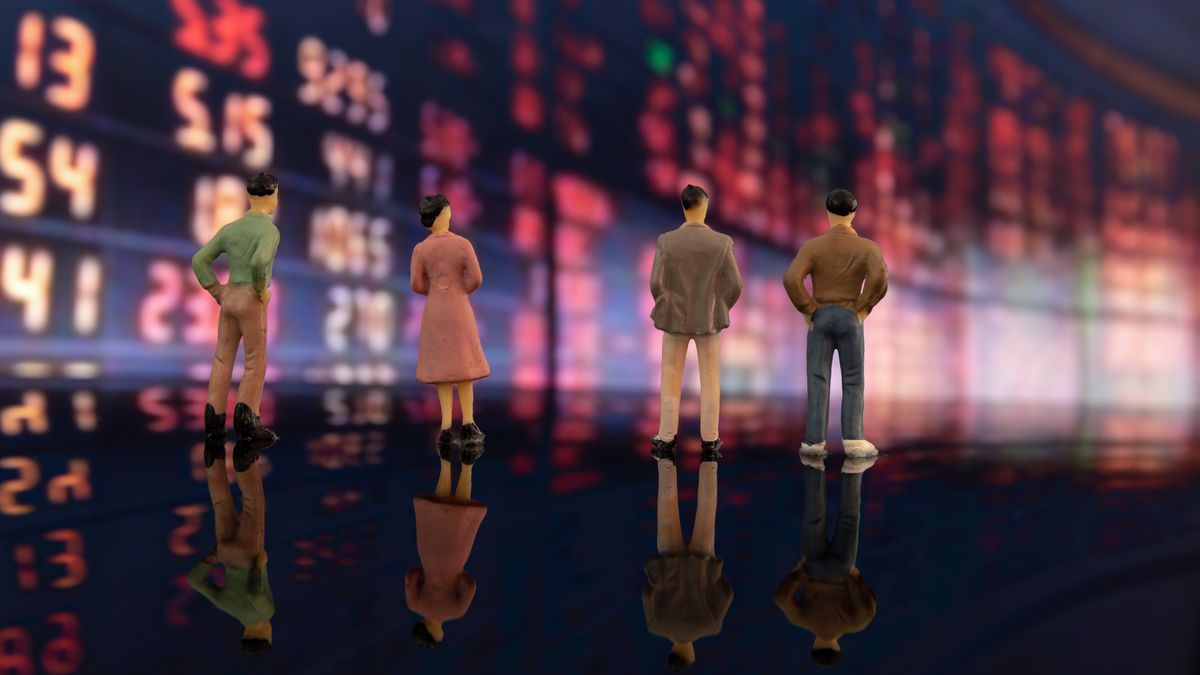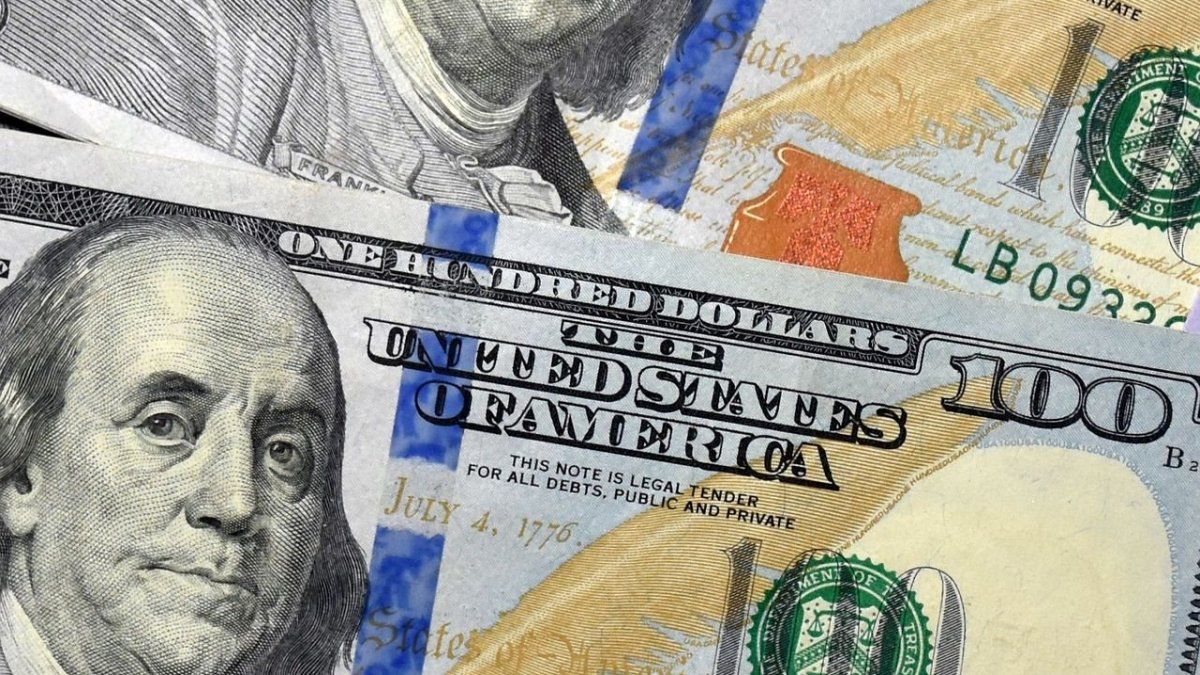The data was seen as yet another argument for the Federal Reserve to hike rates aggressively. The president of the Federal Reserve Bank of Atlanta, Raphael Bostic, said that the authorities could consider a 100 basis point increase at the July meeting.
Early in the morning in Europe, markets Monetary stocks priced at 54% the chance of a one percentage point hike at the July meeting and at 46% the chance of a 75 basis point hike.
At 1106 GMT, the European STOXX 600 index was down 1% and hit its lowest level in 8 days. London’s FTSE 100 fell 0.9%
The selling would continue on Wall Street as S&P 500 futures were down 1.3% and Nasdaq futures were down 1%.
JPMorgan Chase & Co, the largest US bank, reported a drop in second-quarter profit. Chief Executive Jamie Dimon warned that geopolitical tension, high inflation, declining consumer confidence, unprecedented quantitative tightening and the war in Ukraine “will most likely have a negative impact on the global economy at some point.”
The dollar index rose 0.4% to 108.7 units, while the greenback rose 1.3% against the yen, reaching its highest level since 1998.
Sterling was down 0.5% at $1.1832. In the first vote to elect Boris Johnson’s successor as head of the Conservative Party, former Economy Secretary Rishi Sunak won the strongest support from Conservative lawmakers.
The euro was down 0.5% at $1,001, after falling below parity on Wednesday for the first time since 2002.
The euro has been pressured by the delay of the European Central Bank with respect to the Federal Reserve in putting an end to its ultra-expansive monetary policy of the last decade, as well as by the economic risks derived from the dependence of the euro zone on the Russian gas.
The European Commission cut its forecasts for economic growth in the euro zone for this year and revised upwards its inflation estimates.
The benchmark 10-year German government bond yield rose 7 basis points to 1.219%. Italian returns rose sharply ahead of a parliamentary confidence vote that could bring down the country’s government.
The 10-year US bond yield was up about 6 basis points at 2.9614%. The yield curve on 2- to 10-year Treasury bonds has reached its highest level of inversion at any time this cycle, according to Deutsche Bank.
A yield curve inversion, which occurs when short-term interest rates are higher than long-term rates, is often seen as an indicator that markets are anticipating a recession.
Oil prices fell as traders believed a large rate hike in the United States could reduce demand for crude.
Source: Ambito
David William is a talented author who has made a name for himself in the world of writing. He is a professional author who writes on a wide range of topics, from general interest to opinion news. David is currently working as a writer at 24 hours worlds where he brings his unique perspective and in-depth research to his articles, making them both informative and engaging.




